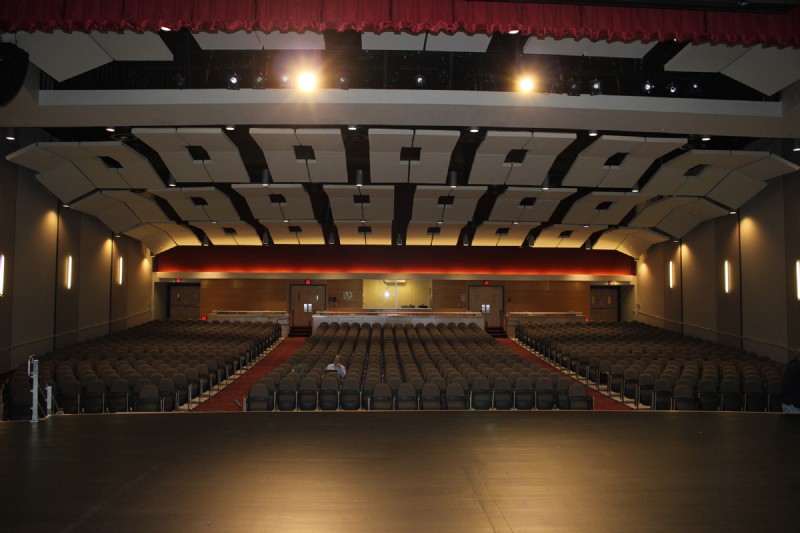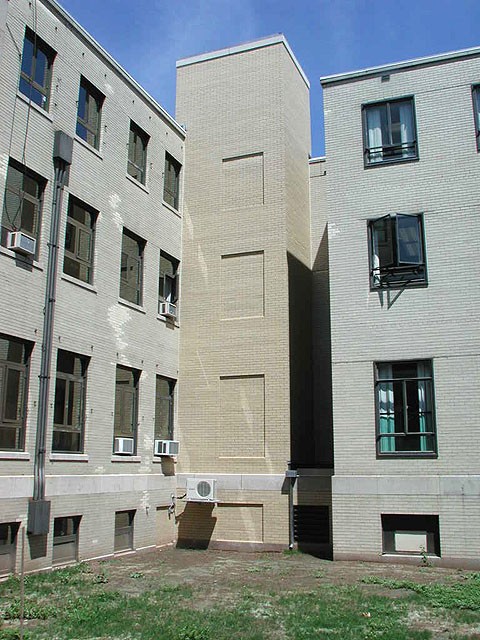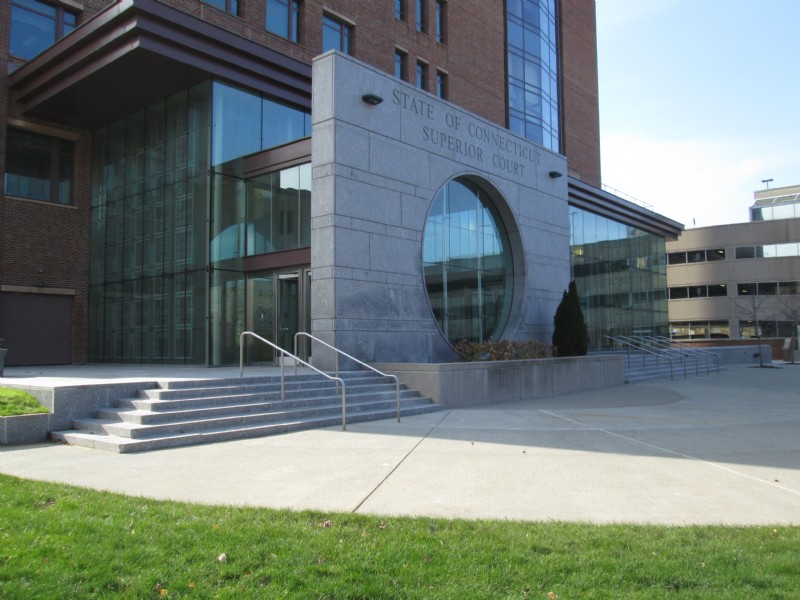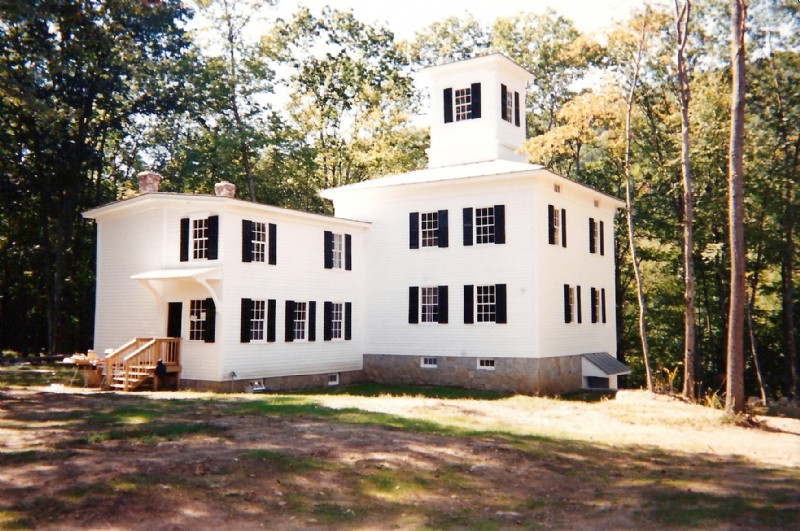We take safety very, very seriously. Preservation and restoration, by nature, means exposure to hazardous materials every day including lead paint, asbestos and PCBs. We have very formal procedures that are followed from the time an employee is hired and throughout all of our projects. Our safety measures pertain to jobsites as well as the work done in our shop.
Hazardous Materials are Everywhere in Old Buildings
Any building constructed before 1978 is likely to have lead paint, and into the 1970’s asbestos and PCBs were widely used in building materials. While exposure to these hazards are unavoidable, we take every precaution to protect our employees and our clients from unnecessary exposure to hazardous materials, their bioproducts, and waste.
Our Safety Officer Maintains Our Safety Standards
Our staff includes a Safety Officer who oversees our protocols and safety procedures. This includes our staff onboarding safety training, ongoing employee training, and our lead and asbestos abatement certifications. They also complete our annual application of Alternative Work Practice (AWP) with the State of Connecticut for removal of asbestos-containing material (ACM). Our shop is licensed and certified to handle and properly dispose of lead, asbestos and PCB.
Our Employees are Lead Tested
All of our employees are on medical surveillance. When someone starts with us, we do bloodwork to determine their baseline lead level. During the first year, an employee is tested every three months. They are then tested twice a year after that. Our managers receive reports of any changes in lead levels so that proper investigation and training can be done to rectify the situation if possible. Our goal is using by using proper PPE and training, an employee’s lead level isn’t just maintained, but reduced.

Every Employee Receives Safety Training & PPE
Our safety begins when a new employee joins KSR as part of our onboarding process. All KSR workers are trained to follow asbestos and lead safe practices. Each is also fitted for their own personal respirator mask, and everyone wears appropriate personal protective equipment (PPE). Our safety training includes the proper fit and wearing of PPE so that we know respirator masks fit and are worn properly.
Within our Shop, our Decontamination Area with Dry Shower ensures all employees working on hazardous materials in our Stripping Room can be decontaminated before leaving the area. Our process has been approved by the Department of Public Health for Alternative Work Practices and is recertified every year through Mystic Quality Air.
Safety on the Jobsite
When we are working in buildings or removing building elements such as wood windows to take them to our shop, floors are covered in 6 mil poly on the ground and 3’ up the walls. Each removed building element is wrapped and labeled individually before it goes into the van. If a building is occupied during a project, daily cleanup is done using HEPA filtration vacuum. The same cleanup procedure is followed after we have removed wood windows or other building elements. Once we are done, the poly used is carefully folded, taped up, bagged, and taken back to the shop for proper disposal.
Safety in the Shop
Our Middletown shop is equipped with facilities and equipment for lead and asbestos abatement, including separate negative air paint stripping rooms. Although our procedures apply to any building feature we may remove to bring to the shop, most commonly, wood windows and doors are brought back for paint removal and wood restoration.

All windows, doors, or other wood features for paint stripping go immediately into our Alternative Work Practices Stripping Room. We have separate rooms for steaming-stripping paint, and sanding windows and doors. We use two high-efficiency Steam Stripper ovens made by Bagala Window Restoration Systems that loosen years of paint and glazing from old windows and doors. This controlled and safe method ensures we can capture all lead paint waste and residue for proper disposal. For objects that are larger or too sensitive for steam, we utilize chemical strippers, heat guns, and UV lamps in our negative air stripping room. An installed HEPA filtration system keeps clean air circulating in the contamination area at all times.



Disposal of Hazardous Materials
One of the biggest safety issues with other contractors and shops is that their “abatement” process is manual scraping, throw chips in the garbage, and sending it off to landfills. This is NOT how it should be handled!
We dispose of all hazardous waste properly. We maintain a strict chain of custody and disposal protocols for all hazardous waste materials. Once paint is stripped in our AWP space, it is taken away in protective containers to a certified disposal site.
Be Safe
As you can see, we do things a bit differently around here! Putting safety first ensures our workers remain healthy and our clients are not unnecessarily exposed to hazards.
Every homeowner, whether you are a DIYer or hire out, should be aware and follow safety procedures. Old buildings are wonderful, but they do have very hazardous materials that were used before we knew better. Take the right precautions, and make sure your contractors do as well.
Be Sure to Check With Your Contractor
Consider this scenario: a contractor is working on your house, taking wood windows out. They will be carrying them through your house, and across the yard out to the truck. Deposits of lead paint chips and dust are falling all along the way, exposing lead, in its most dangerous form, to everyone in and around the building. If cleanup is done without using HEPA filtration, then more lead dust is scattered around. If you hire a contractor to work on your home and building components are being removed, and/or painted surfaces are being stripped or sanded, be sure to ask them how they handle lead paint hazards.



